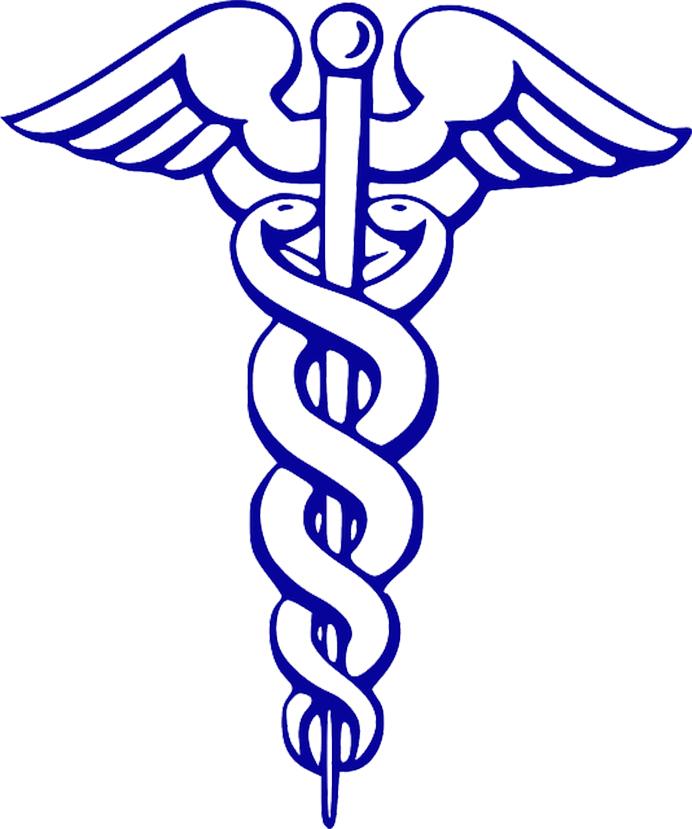Iowa organization launches new kidney-disease testing.
By Alex Kramer
A new way to test for kidney disease is more wide-ranging than ever.
KidneySeq, three years in the making, can test for around 170 kidney disease genes at once.
“It’s a test that can simultaneously look for mutations in a large number of genes that are known to cause inherited kidney disease,” said Christie Thomas, a nephrologist at the Iowa Institute of Human Genetics.
Richard Smith, the director of the Iowa Institute of Human Genetics, said the test was developed for its potential to help health care and those with renal disease.
“The institute developed this test because we perceived a need in the area of personalized medicine to be able to help persons with renal disease, and to help clinicians in the caring for those persons with, for example, what might be driving the renal disease,” he said.
There is a $2,000 charge for the test, which is performed by taking a small sample of blood to test a patient’s DNA, which is then sent to a lab.
“Using rather modern technology, the DNA from white blood cells can be amplified, processed, and sequenced to look for changes in the primary genetic code,” Thomas said. “That allows us to determine whether the patient in question has a genetic change that is different from what is normal and whether that genetic change is already known to be sufficient to cause disease or is sufficiently different from normal to predict it could cause disease.”
Paul Hills, a Swisher resident and patient who has used KidneySeq, said the test has positively affected his life, because it was not only able to confirm his diagnosis of polycystic kidney disease but also determine if his son would be a suitable kidney donor.
“I needed a transplant, and my son volunteered to be my donor, but we first had to determine that he did not have PKD,” Hills said. “We definitely didn’t want to take a kidney from him if there’s a chance he might need one in the future.”
With DNA testing, doctors determined his son did not have the genes and therefore could not have PKD, and he was cleared to donate.
Thomas added KidneySeq is helping diagnose kidney disease in many ways.
“For one, there is some finality to the diagnostic search with both the patient and the physician that satisfy the final, firm diagnosis to be made. That provides some closure,” he said. “Second, it will allow the physician to decide on the right treatment for that condition. The third is that it may, in some cases, allow the physician to make predictions about where the disease is heading and what might be expected in the future.”
Thomas said some diseases could be picked up long before symptoms appear and even before an MRI would show any problems.
“Once we’ve made that diagnosis, we can predict the period of time over years, sometimes decades, [of when] those patients will go on to develop kidney failure. It’s helpful to make predictions about the future progression of a modern disease state,” he said. “It provides closure, so you know what the disease is, you know what is known to work with the disease [and] you can be providing more specific or targeted therapy.”







